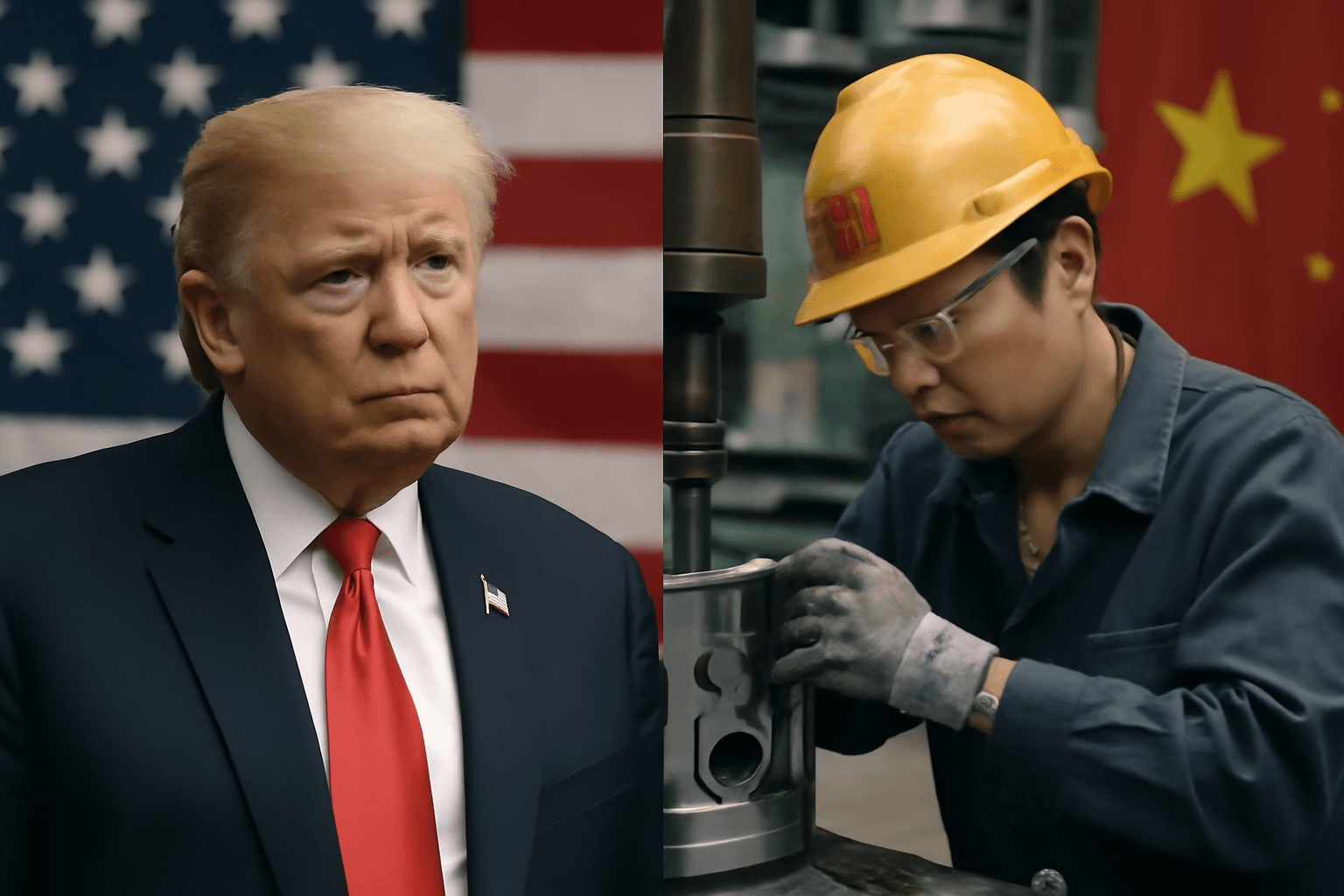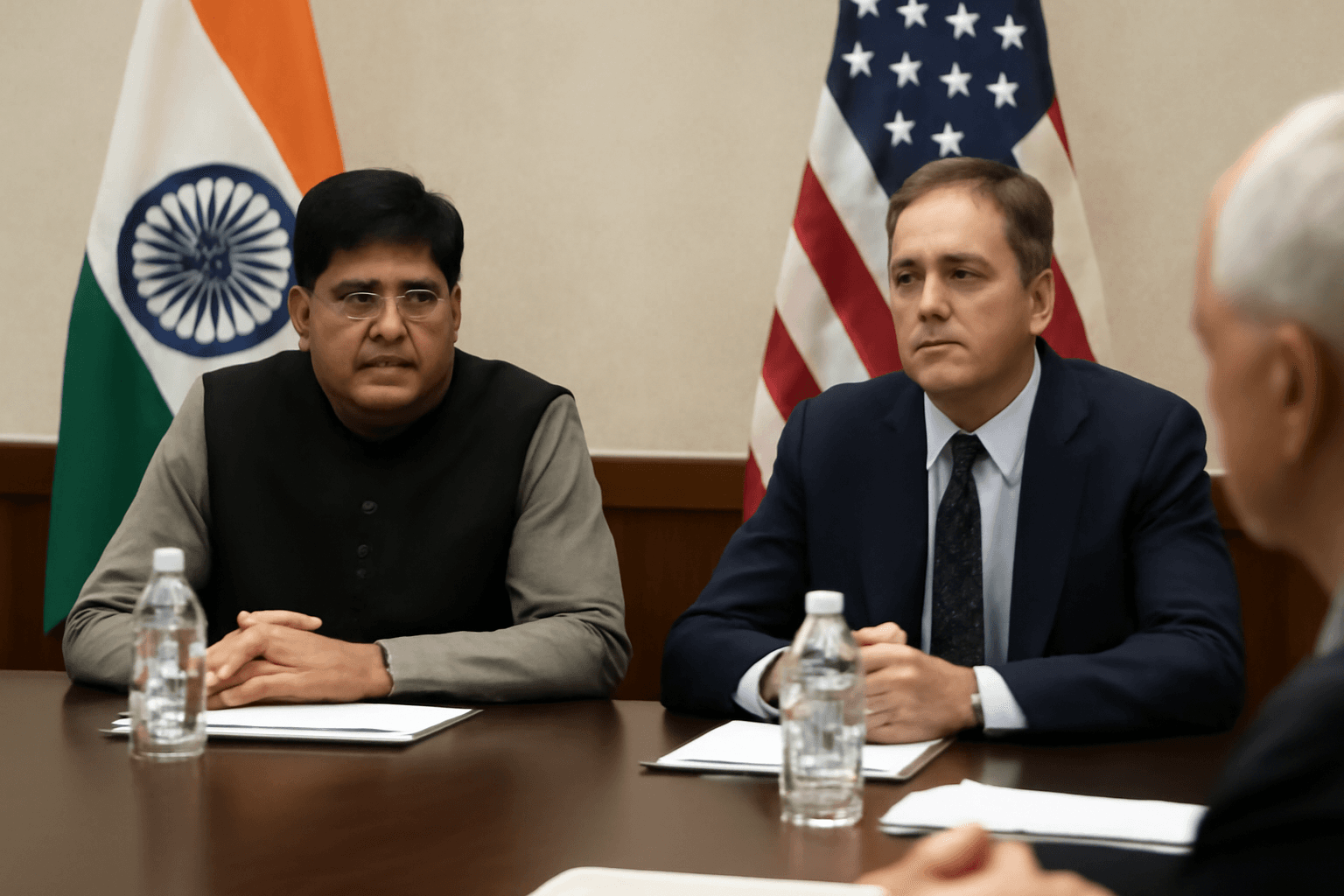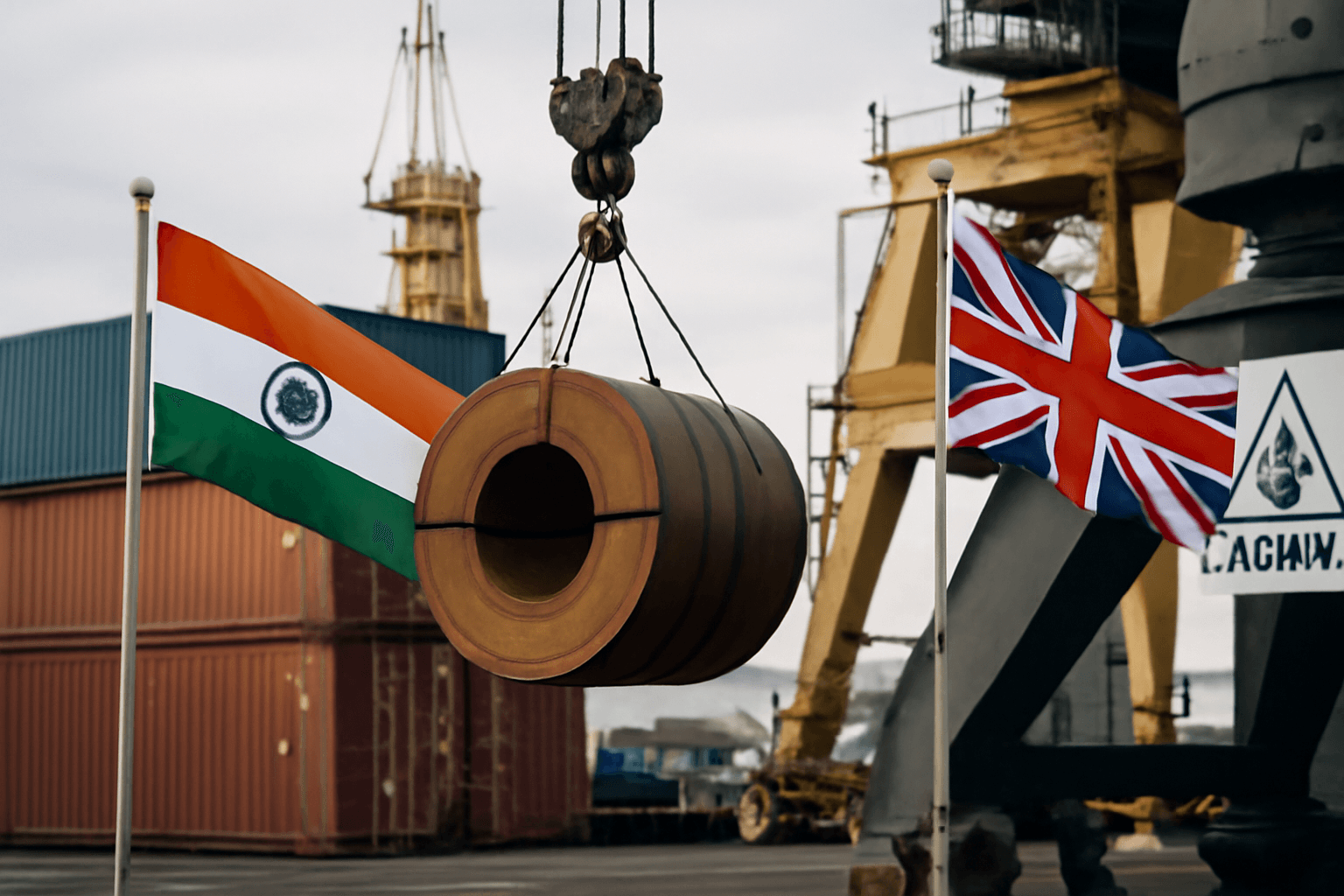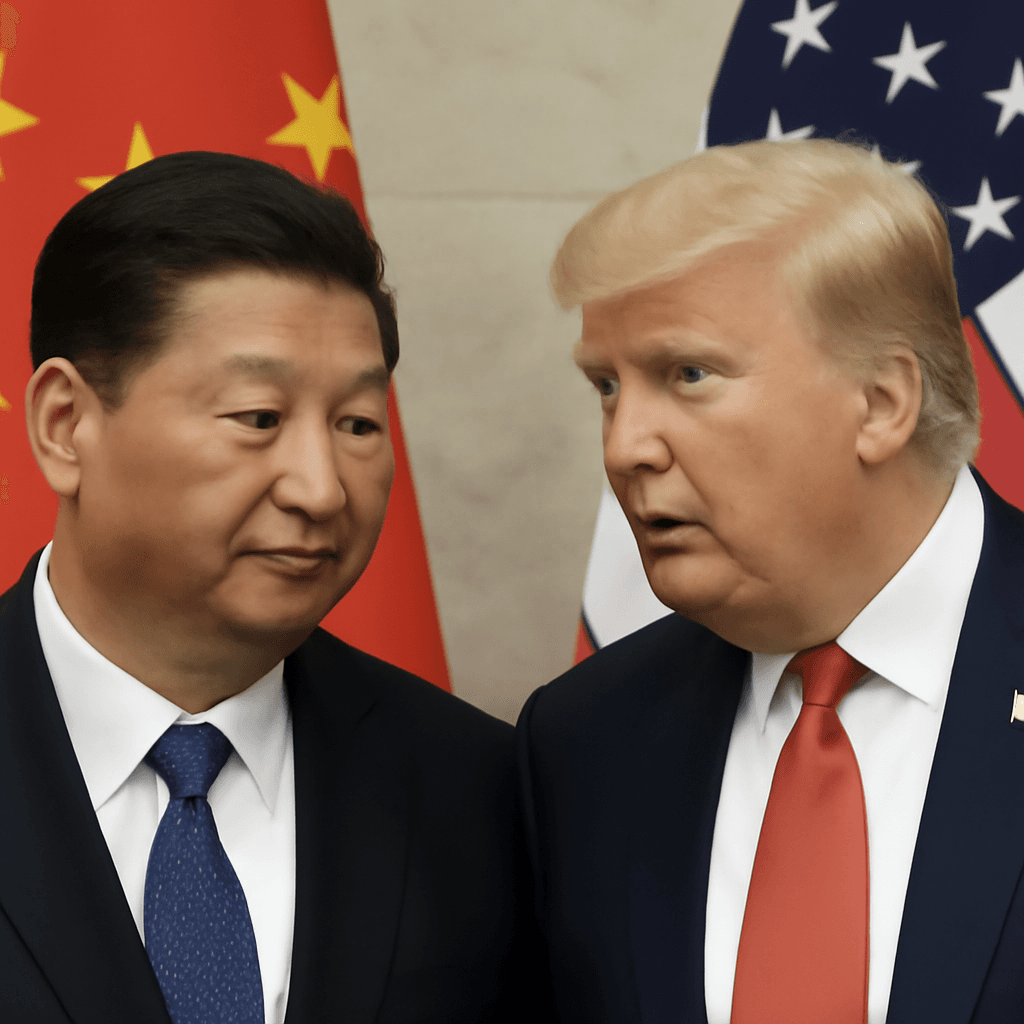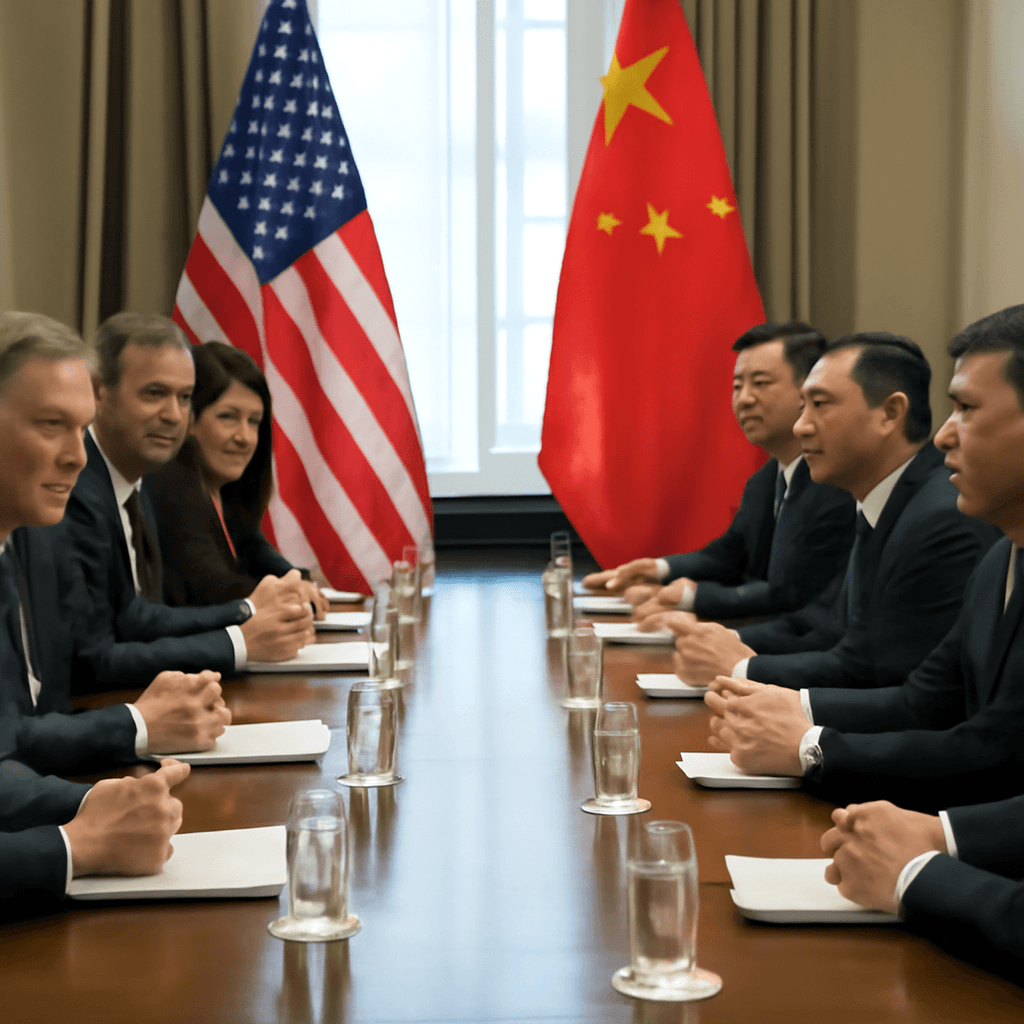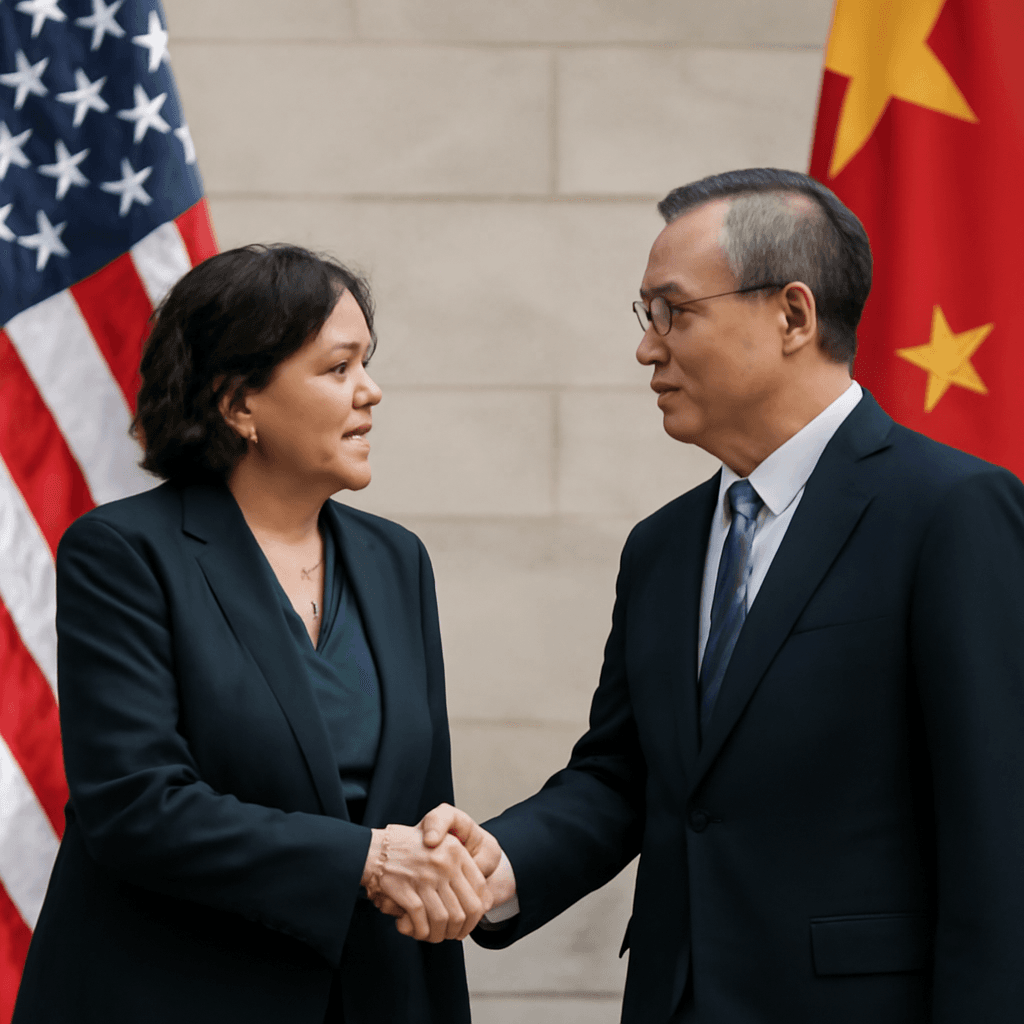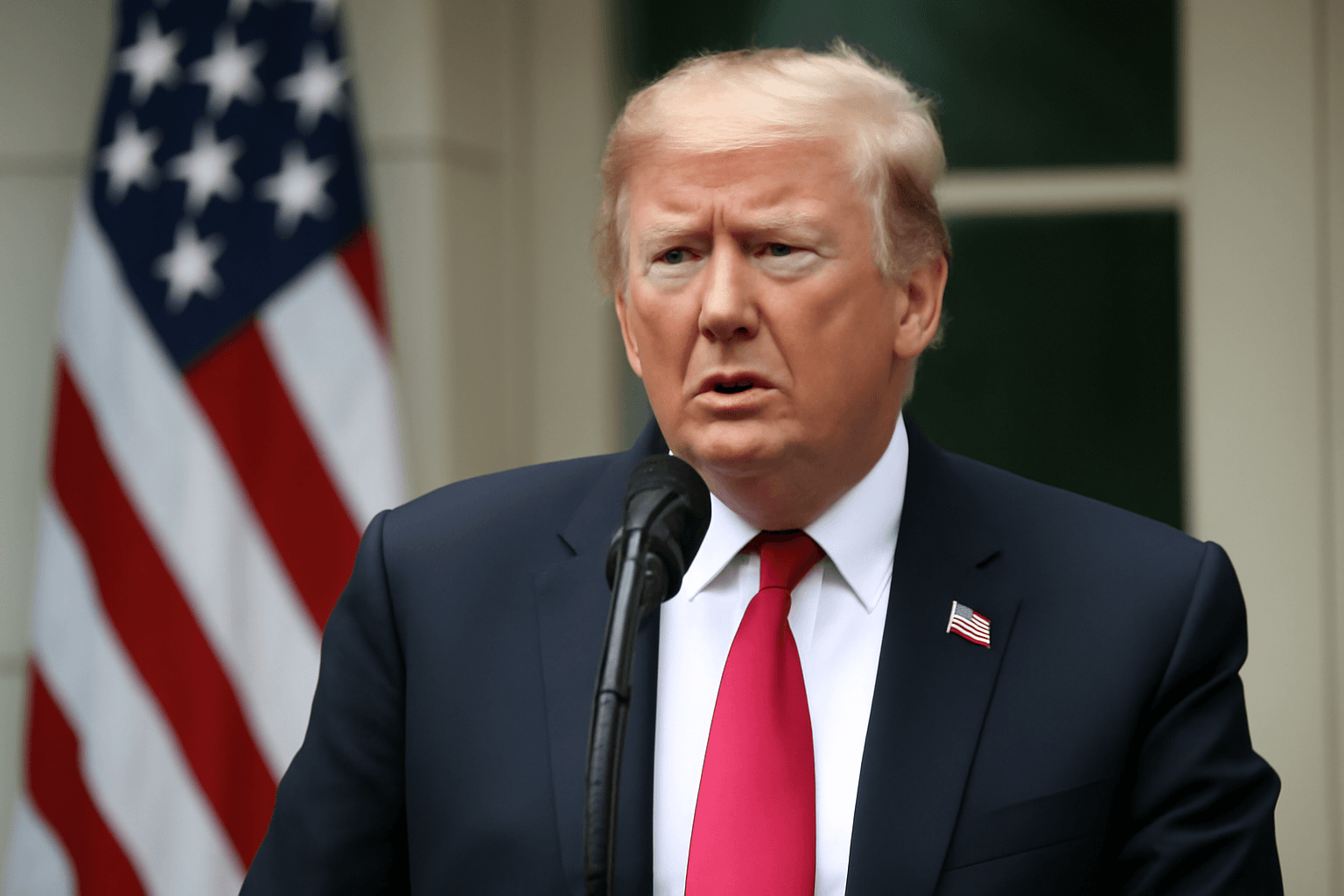US-China Trade Framework Announced: Rare Earth Minerals and Tariffs in Focus
President Donald Trump revealed a new trade framework with China outlining the supply of critical rare earth magnets and materials from China to the United States. Under this arrangement, tariffs on Chinese goods will collectively reach 55%, marking a recalibration rather than a fresh increase, as the administration incorporates existing import taxes into the total.
A Conditional Agreement Amid Trade Tensions
Described by Trump as a "deal" pending final approval, the framework is intended to pave the way toward a broader trade agreement. As part of these negotiations, the US agreed to allow Chinese students to continue attending American universities, despite recent restrictions initiated by the administration.
Trump emphasized the mutual benefits, posting on social media that the US will receive much-needed magnets and rare earths upfront from China, while China gains a 10% tariff rate in return, compared to the US’s 55%. He hailed the relationship between the two countries as "excellent" and expressed optimism about future trade collaboration.
Details from the Negotiations and Market Implications
The announcement follows intensive talks held in London, aimed at revitalizing trade agreements after months of near deadlock. Despite the high-profile statements, details remain sparse, leaving investors cautious. The surprise element is the integrated tariff rate, which bundles previous duties rather than signaling a direct hike.
Analysts suggest that while this move signals pragmatism on both sides, the lack of transparency means market uncertainty persists. Chinese stocks have approached near three-week highs, while U.S. stock futures showed slight declines as investors await further clarity.
Controversy Surrounding Supply Chains and Forced Labor Allegations
Complicating matters, a report by an international rights group has highlighted potential links between well-known brands and suppliers accused of using forced labor in China’s Xinjiang region. Companies such as Walmart and Coca-Cola are named as possibly sourcing titanium linked to coercive labor practices targeting Uyghur minorities.
The Chinese government denies these allegations, insisting no forced labor occurs in Xinjiang, a claim that remains highly contentious. The named corporations have yet to respond publicly to the findings.
Trump’s Tariff Strategy Remains Unpredictable
The administration’s approach to tariffs continues to be dynamic, with Trump frequently adjusting rates and deadlines, making it a challenge for trading partners to anticipate US policy moves. Recent escalations included doubling tariffs on steel and aluminum, while threats loomed over the European Union and other countries.
Despite these shifts, the administration downplays concerns that tariffs might worsen inflation. Official data shows moderate inflation increases, with some categories like autos and apparel even seeing monthly price declines.
Economic and Political Context
The negotiations take place amid ongoing tensions over broader economic priorities: the US pushing for more domestic manufacturing and tech development, while China aspires to maintain its technological growth. Trade disputes and tariffs have hampered business confidence on both sides, impacting global economic stability.
Trump is set to attend an upcoming trade summit in Canada to engage with international partners and further discussions. Meanwhile, domestic challenges and legal rulings related to tariff collections continue, underscoring the complex trade environment.
Looking Ahead
While this framework signals progress, uncertainty looms over the durability and execution of any final agreements. Both nations demonstrate willingness to negotiate pragmatically but have yet to provide the comprehensive details investors and businesses eagerly seek.
As trade talks evolve, market watchers and global stakeholders will be closely monitoring developments that could impact industries reliant on rare earth minerals and tariff schedules.



